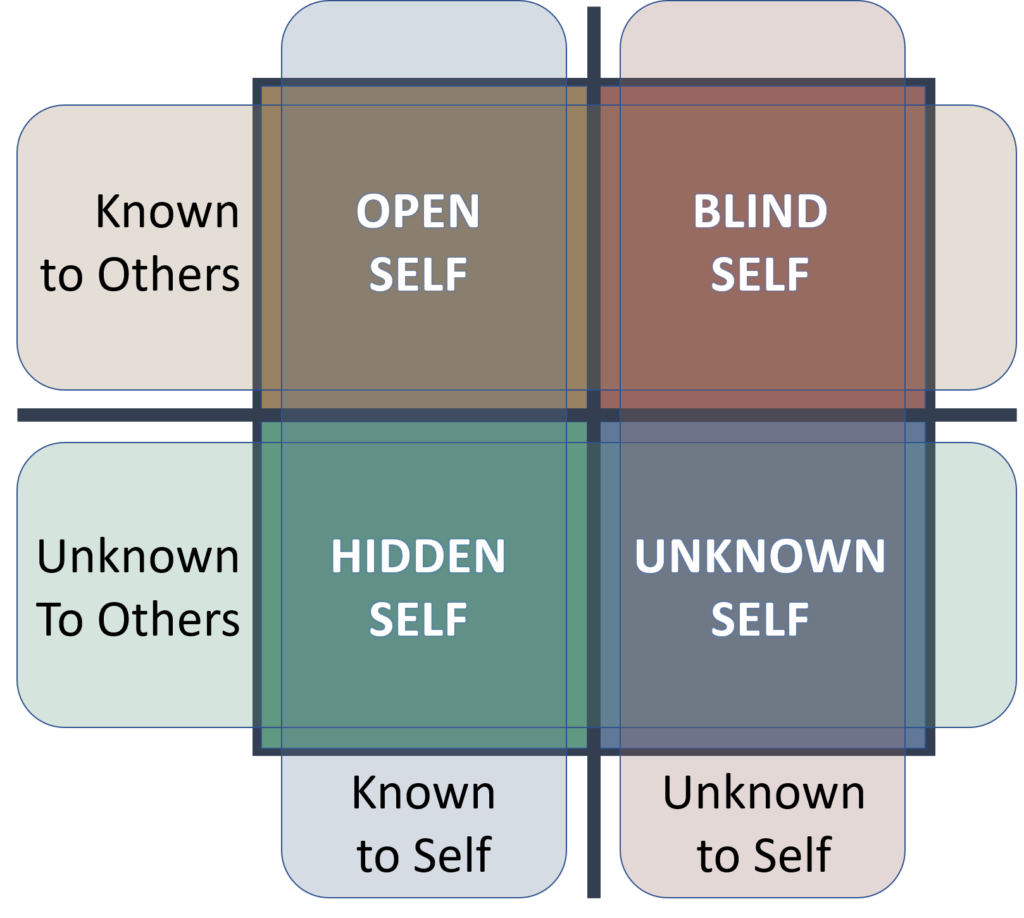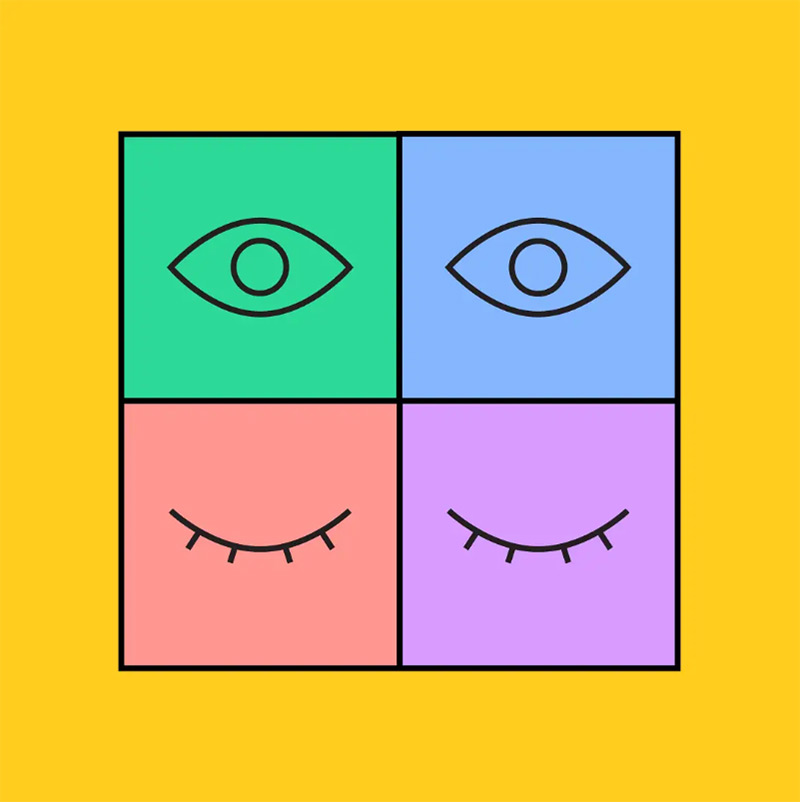Jahnvi has come a long way in her journey as a new manager to learn the art of managing everything around her including herself and so far she has discovered the requisites of becoming a first-time manager, her values, locus of control, setting goals, and achieving them, her learnings from The Strangest Secret, how to handle the missed goals and an overview on feedback.
She is too focused to leave any stone unturned to go up the career ladder by learning and acquiring every technical skill required to be an assiduous leader to her team. She understood that she is a bigger part of a team and she deserves people who are honest and open with each other as it can result in working extremely efficiently together.
She understands that she should know her team’s strengths and weaknesses and share a high level of trust to give and receive effective and constructive feedback. She wishes to create a positive working environment with a tight-knit team and the attributes of top-performing employees. She wants her team to rely on a combination of trust and self-awareness to work as a fine-tuned team. However, she kept wondering how to build these qualities and how to reach the paradigm of a top-performing team.
She discovered the concept of the Johari Window for effective feedback and to develop trust, communication, and self-awareness to evolve as individuals and as a team.
”Oh, what a great gift we would have if we could only see ourselves as others see us .”
– Robert Burns
Psychologists use a variety of models to explain ourselves as individuals. One of the more intriguing is the Johari Window, a simple four-pane grid (named after the initials of the researchers, Joe and Harry). It divides our self-awareness into four parts based on what other people know and don’t know about us, as well as what we know and don’t know about ourselves.
What Is Johari Window?

The Johari Window was developed in 1955 to aid in self-awareness and interpersonal relationship improvement. This technique was developed in Chicago by American psychologists Joseph Luft and Harrington Ingham. It is an instrument for analyzing behavior and characteristics indicated by different points of view.
The model was based on a group activity developed at the University of California and refined later by Joseph Luft. The model provides a simple visual reference for examining your personality and improving interpersonal understanding. Most people use it to increase self-awareness, but it can also be used for personal development and to improve workplace relationships.
The tool is based on two key concepts:
- You can earn the trust of others by disclosing personal information about yourself.
- You can learn about yourself and deal with personal issues with the help of feedback from others.
The Johari Window, which is effective in many situations, can be developed between two people or even in groups, and can thus assist with major changes on both a personal and professional level.
Jahnvi was enthralled by the concept and how it can impact her as well as her team’s growth. So, she delved into understanding it better to bring it into the application.
How Does Johari Window Work?

The model can do an equitably good job of elucidating feedback. It represents a four-paned window. Two of the panes represent yourself, while the other two represent parts of yourself that are known to others but not to yourself. Information is transferred from one pane to another as a result of the mutual trust that members have in one another. This trust is built through socialization and feedback from other members.
Jahnvi was a bit confused with the model, so she decided to deep dive into each pane individually.
The Johari Window Quadrants
The Johari Window is divided into four quadrants by two axes. Each quadrant collects information about a person at various points of knowledge.
This information can be both internal (that the person knows) and external (that the person does not know) that other people have indicated. The axes are classified as horizontal or vertical.
The horizontal axis represents the individual’s knowledge and unknowns. It has the open zone (characteristics known to the individual and others) and the blind zone (characteristics that only the individual does not know).
The vertical axis represents what other people know or doesn’t know about the individual. This axis includes the open zone and the hidden zone (characteristics known only to the individual).
As the name implies, the unknown zone is unknown to everyone and represents new discoveries.
The Johari Window Panes
To better understand the Johari Window quadrants, it is necessary to first get acquainted with each “self” that will be addressed in this method. Each one will require you to comprehend information about yourself, from you, and others.
1. The open self is everything about yourself that you expose to the world. It is your communication style and the characteristics you are most comfortable exposing. The things you are aware of yourself and that others are aware of can be your knowledge, skills, behavior, attitudes, and public history. It is a shared vision of qualities and flaws that everyone can easily identify in everyday life. This is the first “layer,” which contains everything you are completely aware of.
Note: A bigger Open Self is required for the ideal Johari Window. This is because the more people know about themselves and one another, the more productive, cooperative, and trusting they will be when working together.
2. The Blind Self represents aspects of yourself that you are unaware of but that others are aware of. For example, you may be unaware that you are an excellent listener until someone points it out to you. It can also reveal deeper issues, such as feelings of inadequacy or anger that you haven’t addressed but that others perceive in you.
Note: A small Blind Self area indicates that you are aware of how your actions affect others, whereas a large Blind Self area indicates that you are in denial about it. It could also indicate that your coworkers are keeping information about you to themselves.
3. The Hidden Self represents things about yourself that you are aware of, however, keep hidden from others. You are not required to share all of your private thoughts and feelings with your coworkers. You don’t want to reveal anything that will make you feel embarrassed or vulnerable. Withholding information that has no bearing on your work is perfectly reasonable.
Note: Hiding information about yourself that is related to your work or performance, on the other hand, may cause coworkers to lose trust in you. So, if your Johari Window has a large Hidden Self, you might want to try being more open with them.
4. The Unknown Self represents things that you and others are unaware of. For example, you may have some amazing untapped talents that neither you nor anyone else is aware of.
Note: A large Unknown Self area may simply be a sign of inexperience or youth, however, it may also indicate that you need to work hard on discovering and releasing new information about yourself.
The quadrants’ sizes can change over time, and because they are interdependent, changing one quadrant’s size will also change the size of the others. For example, telling your team about a secret aspect of your life would reduce your Hidden Self while increasing your Open Self.
The tool made sense to Jahnvi and she found it befitting to get to know herself and her team better through the methodologies. It is why she stepped into the next step of exploring ways to use the Johari Window Model.
The Application Of The Johari Window Model

It was clear to Jahnvi that she can increase her Open Self by using the Johari Window model. She can be more self-aware in accepting the way others perceive her. Therefore, she found Johari Window to be a great way to evaluate the image she projects to others. She sought that list of attributes as a good way to fill out the Window. Positive attributes are referred to as virtues, while negative attributes are referred to as areas for improvement.
To identify her characteristics, she took the help of the adjectives of the Johari Window to reflect on her inner self and choose the words that describe her the best.
The 55 Adjectives of the Johari Window

Next, have one or more of your coworkers select the adjectives that they believe best describe you.
Make a Johari Window diagram and fill in the quadrants as follows:
- Write the adjectives that you and your colleagues chose in the Open Self.
- Write the adjectives that only you chose in the Hidden Self.
- Write the adjectives that only your colleagues chose in the Blind Self.
- Write the adjectives that none of you chose, however, you are prompted to consider them as your self-awareness grows in the Unknown Self.
Note: The outcomes of this exercise will vary depending on who else is involved. For example, if you work with multiple teams, one group may perceive you as spontaneous, while another may perceive you as sensible.
Define the goal
Review the filled-in Johari Window and consider how you can increase your Open Self while decreasing the other quadrants. For example, if you are a secretive person, you might want to reduce the size of your Hidden Self. Alternatively, if you’re surprised by what your coworkers think of you, you might want to reduce your Blind Self.
Ask for feedback
You must reveal more about yourself to reduce your Hidden and Unknown Selves. Self-disclosure is a two-way street in which you share information with others. The more you share your thoughts, feelings, and opinions, the larger your Open Self becomes and the smaller your Hidden Self becomes, and the more people will trust you.
Jahnvi understood that she must improve her self-awareness by seeking and accepting feedback to reduce the size of her Blind or Unknown Self. This can be intimidating, however, learning new things about herself can also be empowering and emancipating! She knew if she responded positively to the feedback she gives and receives, she can expand her Open Self while shrinking her Blind Self.
Jahvi had a clear understanding of the way to build an environment with high levels of trust and a culture of honest and constructive communication. For her, Johari Window was the best way to flourish and enable her team to expand their Open Self by using it as a group activity and ensuring to provide her team with sensitive and constructive feedback.
“The leader of the past knew how to tell and the leader of the future will know how to ask.”
– Peter Drucker
She has deep-dived into the turf of feedback and is exploring it further to functionally apply feedback in practical life. In the next article, she will dwell on the frameworks of feedback and umpteen possibilities that may occur in the future with providing and accepting feedforward – a concept by Dr. Marshall Goldsmith.
https://www.mindtools.com/au7v71d/the-johari-window
https://www.attendancebot.com/blog/johari-window/#What_is_the_Johari_Window
https://i0.wp.com/thedailyguru.com/wp-content/uploads/2018/09/28-min-1.jpg
https://transformingleader.org/wp-content/uploads/2015/11/johari-window-1024×918.png
https://productiveclub.com/wp-content/uploads/2020/10/johari-window.jpeg
https://www.howtodiyeverything.com/wp-content/uploads/2021/08/johari-window-model-4-1.jpg
Written By: Jimmy Jain
Edited By: Afreen Fatima
Society of Design Thinking Professionals









